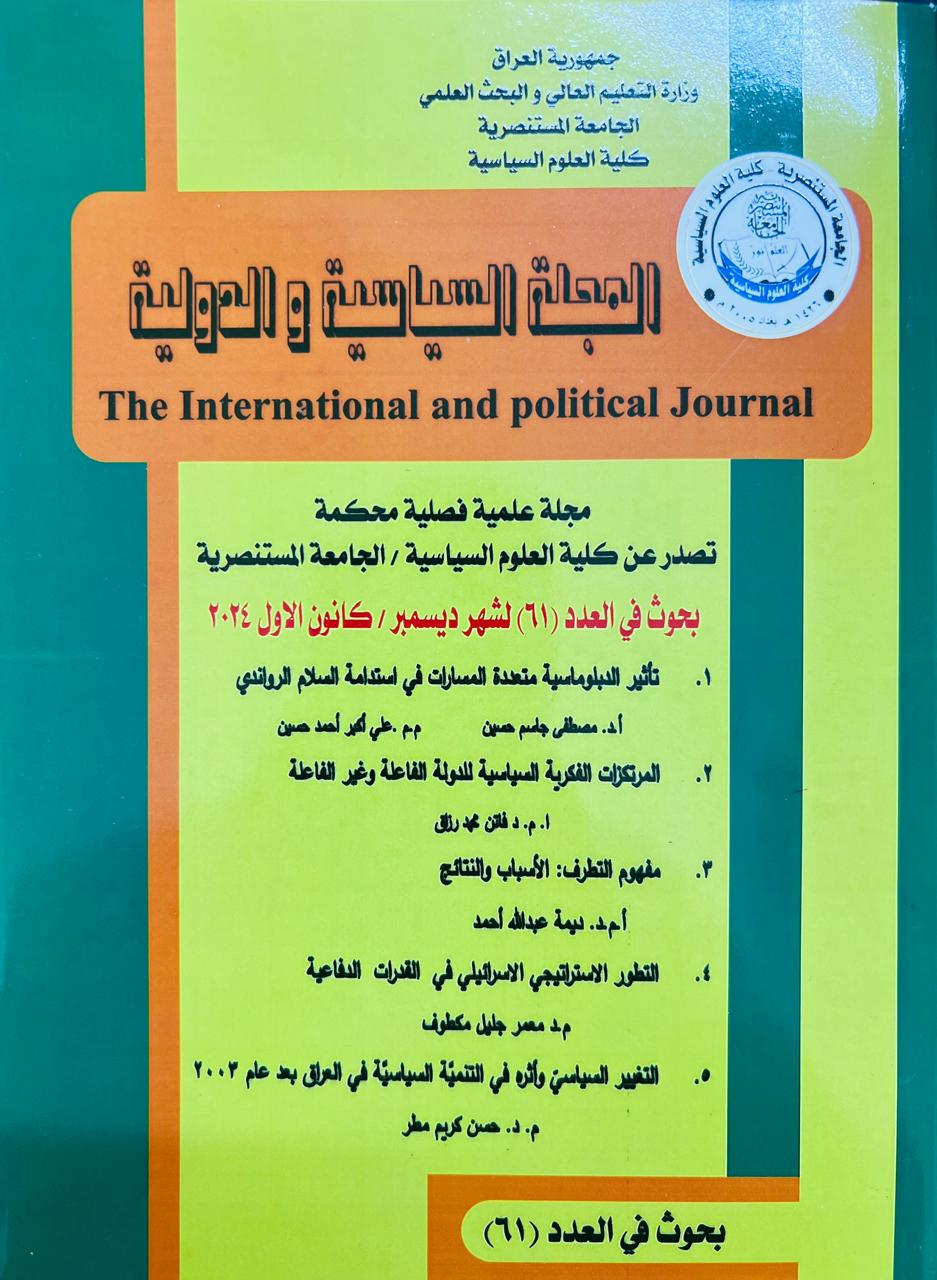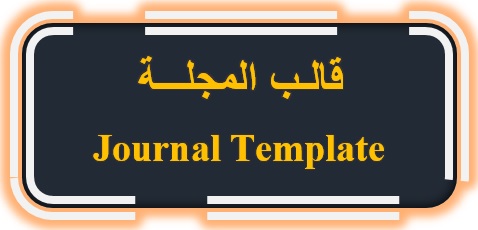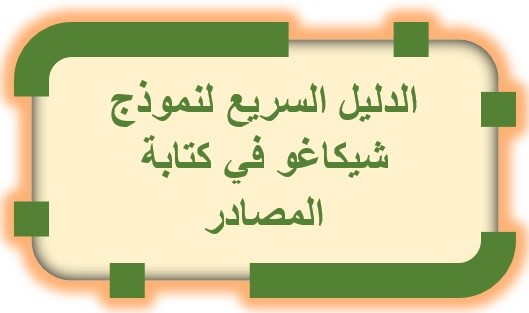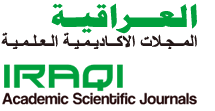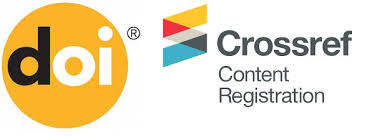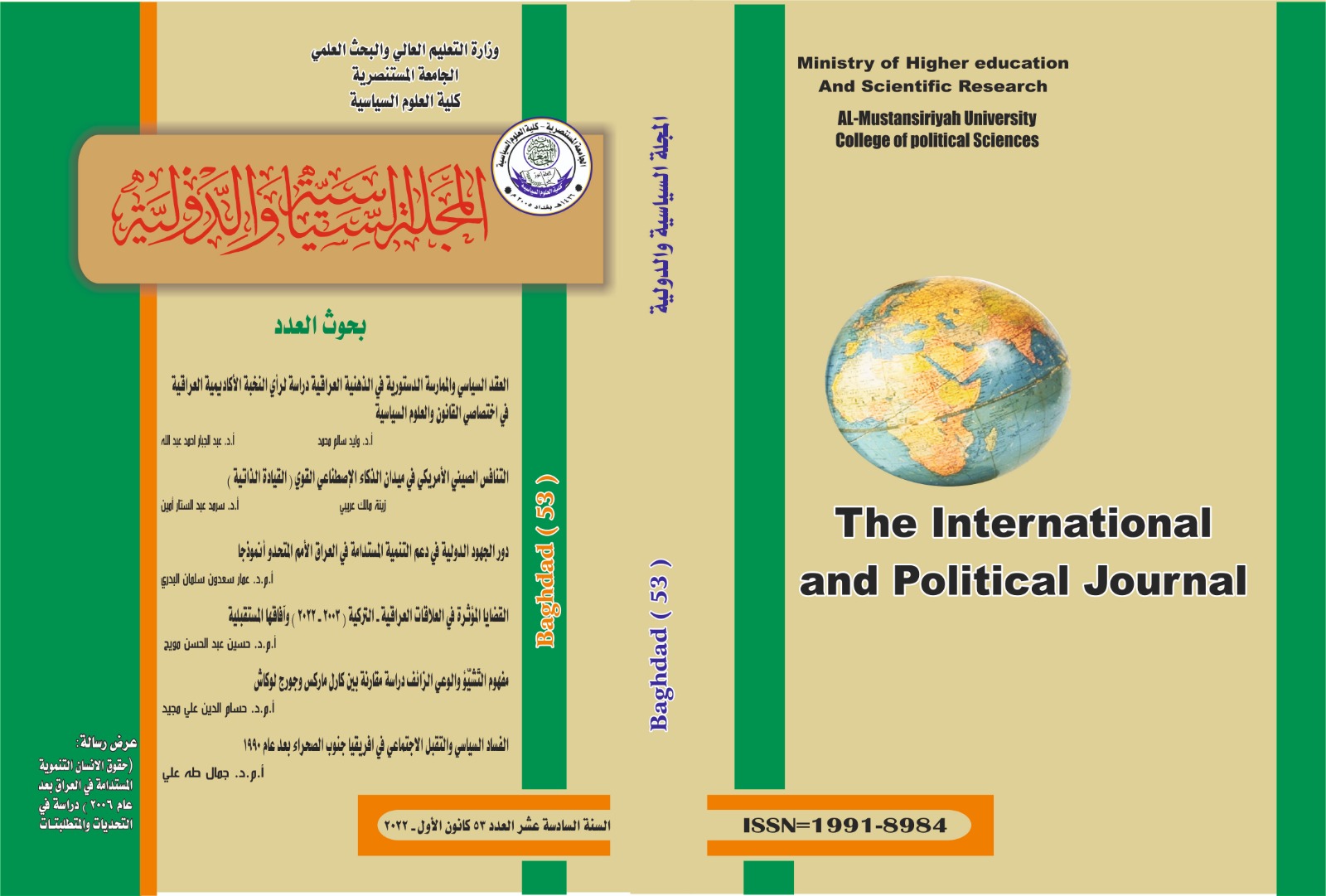Diversifying sources of income for terrorist organizations: ISIS terrorist organization of 2014-2021 as a model
the international and political journal
Keywords:
تمويل ، مصادر الدخل، العمليات الارهابية ،تنظيم داعش الارهابي، العراقAbstract
he terrorist organization Islamic State in Iraq and Syria (ISIS) realized the importance of funding from the first moment of its establishment as an organization seeking to establish its alleged state. Even before that, when it was under previous names (the Islamic State in Iraq) in order to carry out various activities that achieve its goals, although they differed from one period to another and according to the vision of the organization's central leadership. The importance of funding has increased since 2013 when the official announcement of the establishment of the desired Islamic Caliphate was made. Funding was not limited to salaries for members of the organization or carrying out terrorist operations or running daily affairs, but rather it emerged more prominently in the issue of enticement for the recruitment process, which distinguished the organization from other organizations.The organization initially tried, through traditional financial networks, to finance all its activities, especially during the period of empowerment and control over the land, i.e. in light of the actual caliphate on the ground. It relied on oil and gas fields, tributes, extortion, agriculture, and obtaining funds from Iraqi bank branches and others. The organization continued in this manner until it declined and was militarily defeated. These sources were no longer sufficient, or some of them were not present at all, which prompted the organization, through its leadership, to think of other sources through which it could finance its activities, especially paying salaries. After the divisions that occurred within its ranks, and the restrictions imposed on it by some countries in its main strongholds, it turned to modern sources, sometimes with traditional ones, and sometimes as an alternative to them. These sources, due to their advantages, provided a large financial abundance for the organization. What cryptocurrencies, social media, the change in financial concentration locations, drugs, and other funds provide, enabled the organization to continue despite the military defeat it suffered in Iraq, Syria, and some other countries in which it is present. Many countries sought to confront the organization financially through policies, procedures, conferences, and agreements in order to stop the organization from using them, and although they achieved some of that, they were not sufficient to stop the funding, which requires more efforts from them, especially in the matter of non-traditional sources that are difficult to control.
Additional Files
Published
How to Cite
Issue
Section
License

This work is licensed under a Creative Commons Attribution 4.0 International License.
Journal Policies
All articles published in the International and Political Journal are licensed under a Creative Commons Attribution 4.0 International License. This means that the Authors can:
The journal allows reuse and remixing of content in accordance with a Creative Commons license.
Copy and redistribute the material in any medium or format.
Policy of publishing in The International and Political Journal
The journal is committed to the ethics of scientific publishing, and according to the publication ethics report of the journal.
The decision to publish is based on the value of the scientific research, to what extent it meets the conditions of publication approved, the declared policy of the journal, and its specialty.
It is based on the principles of the scientific honesty, and originality of research submitted for publication. It deals with the names of reviewers and their reports with great confidentiality.
The opinions published in the journal reflect the views of the authors, and not necessarily reflect the opinion of the editorial board.
The journal does not adhere to the publication of whatever comes to it. The time and place of publication are subject to technical considerations adopted in the editorial plan of the journal.
The journal does not abide to return the research papers to their owners whether accepted for publication or not.
The researcher is to be provided with the acceptance of publication within about 24 WEEKS. As for publication, the editorial board reserves its right in priority of publishing. The arrangement of the research papers in the same issue is subject to technical standards.
Diversify of publishing papers from solid universities and scientific centers from inside and outside Iraq is preferable.
The journal maintains hard copies and electronic archive of the published issues in addition to the publication of the research papers.
The journal also publishes the issues electronically through the website of the journal, and the official website of the Iraqi academic journals, and makes it possible to download. Thus, documenting the intellectual property of the research papers and publishing them internationally is achieved.
Terms of publication may be modified when necessary with no previous notice.
The researcher obtains a copy of his research paper. If he wishes to buy acopy of the journal, the volume costs ID 10000 from inside Iraq and $8from the outside.
The Editorial Board considers that the researcher who submits his research paper for publication in the journal has already read the terms and conditions of publication and agreed on them.
The journal publishes the research papers of the postgraduate students in special issues for this purpose.
Stages of editing and publishing:
The researcher undertakes that his research has never been published before, and has not been submitted for publication to other sides until the end of the evaluation procedures and the acceptance of publication in the journal.
The research papers submitted for publication are to subjected for preliminary examination by the editorial board to determine their suitability for the journal specialization, its policy and the safety of scientific research procedures, and then to indicate its eligibility for scientific evaluation. The editorial board may apologize for accepting the research all together or require the researcher to amend it in accordance with the journal policy before sending it to editors.
After conducting the scientific evaluation, the research paper returns back to the researcher to make the required amendments within a maximum of two weeks.
A copy of the final research paper is to be submitted to the secretariat of the journal a hard copy and a soft copy on a CD, in both Word and PDF format. The researcher is fully responsible for the typing and linguistic mistakes after submitting the full research paper on a CD.
Plagiarism checker
All research papers are subjected to Turnitin program to uncover plagiarism before being sent to scientific evaluation. The researcher undertakes a written pledge to take the legal and moral responsibility, in the event of the emergence of plagiarism or taking from the efforts of other researchers, without a reference to them. The journal uses appropriate anti-plagiarism software, such as Turnitin to check for plagiarism.
Dealing with Allegations of Research Misconduct
The Journal shall take reasonable and serious steps to identify and prevent the publication of papers where research misconduct has occurred, including plagiarism, citation manipulation, and data falsification/fabrication.
Scientific Evaluation:
Scientific evaluation strengthens the research paper submitted to the journal and helps to take the appropriate decision by the editorial board to publish it. It also benefits the researchers to improve and correct their research papers.
The research paper is sent to three evaluators in the same specialty to evaluate
